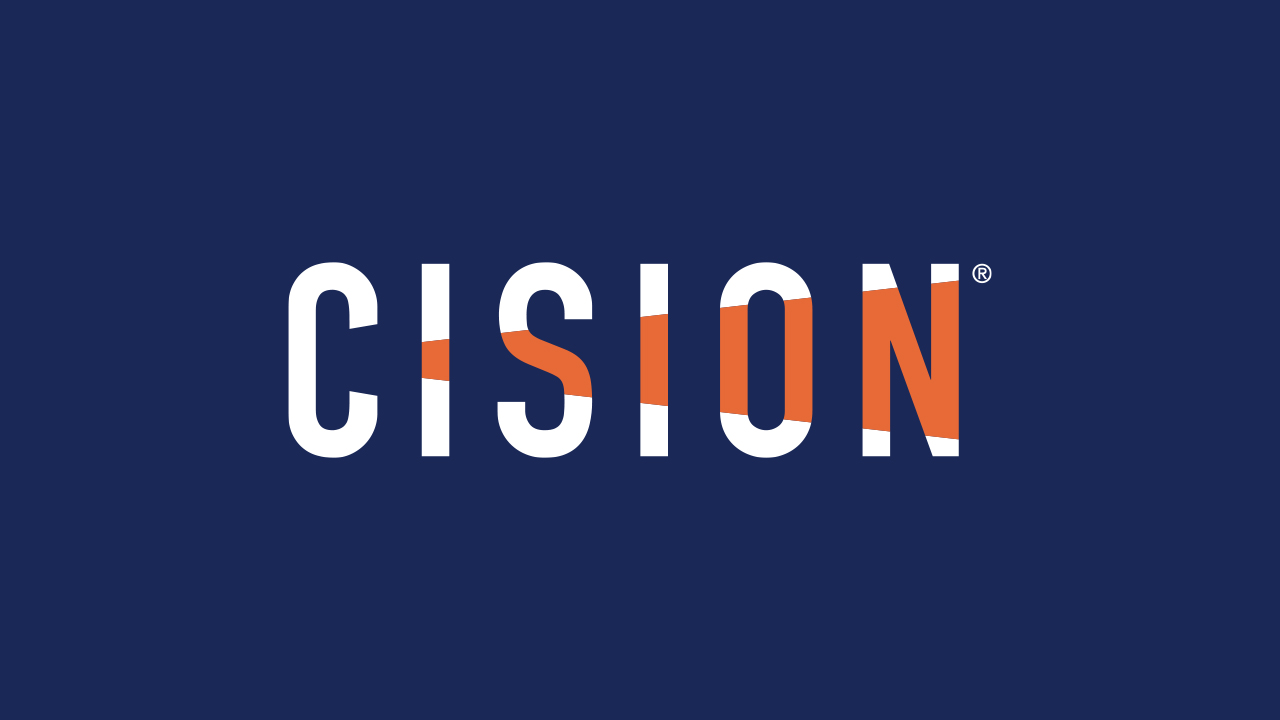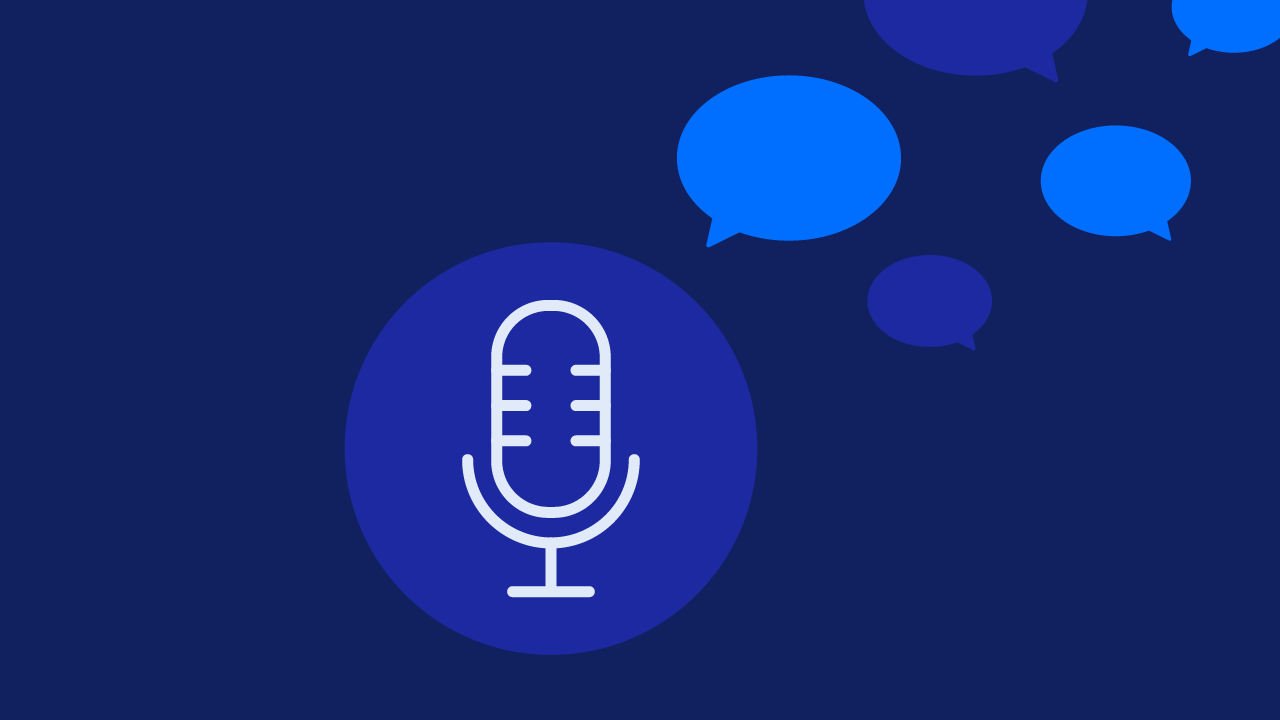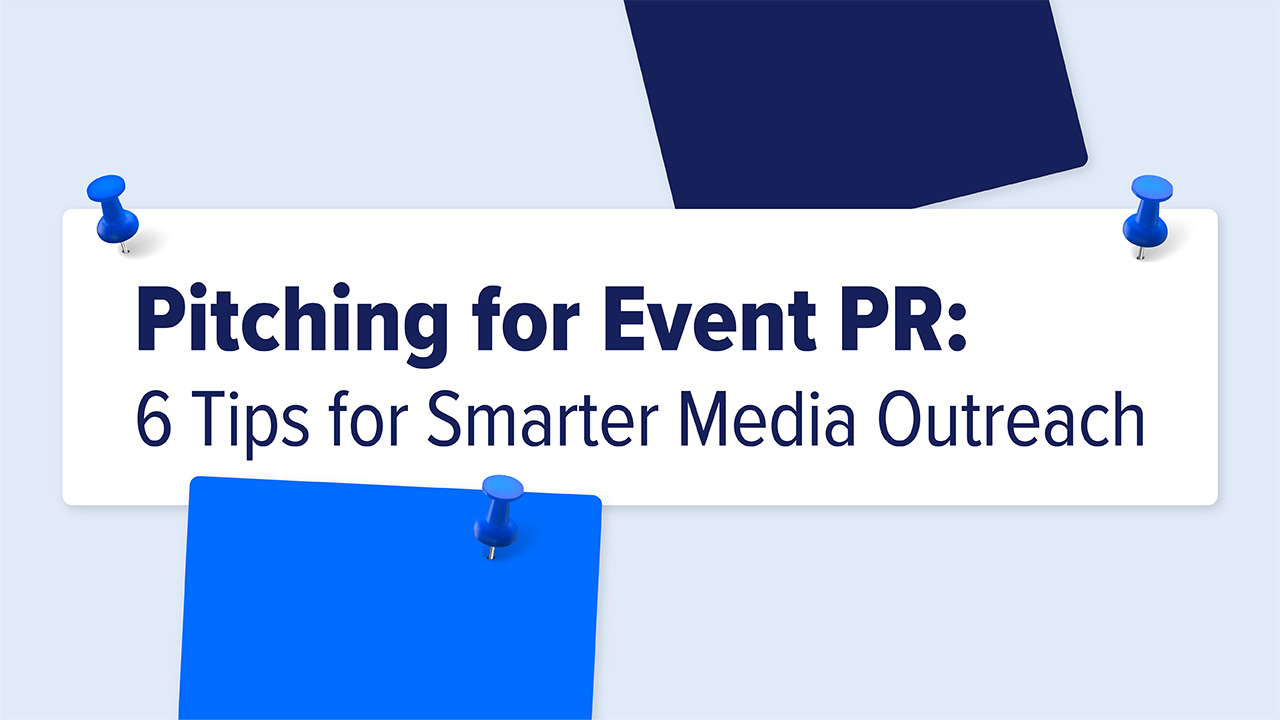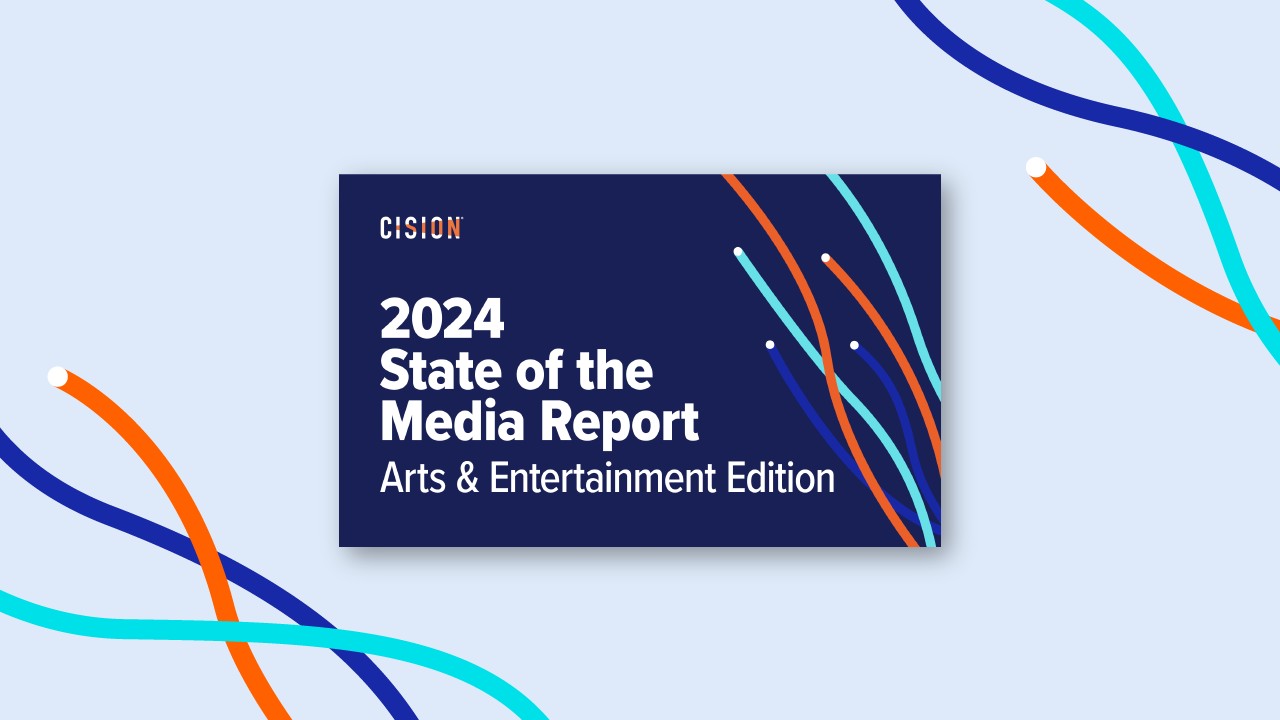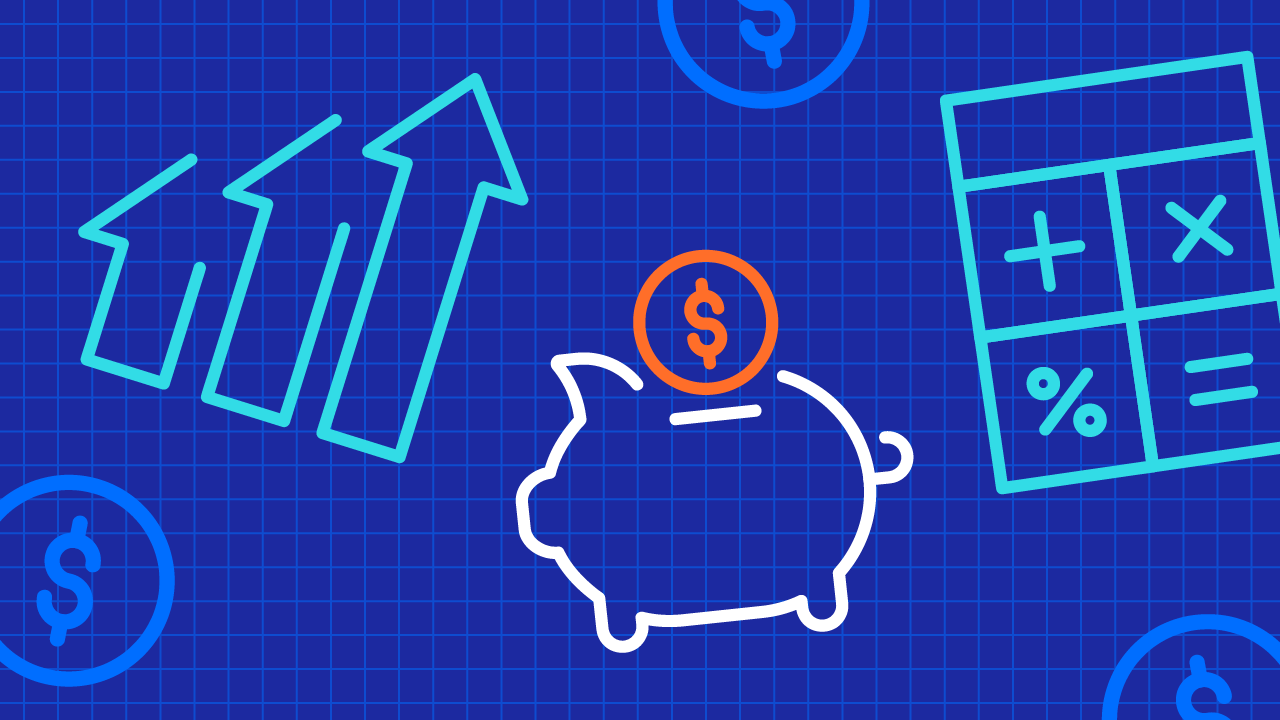News monitoring tools are vital for PR pros to track brand equity and value.
The media industry has never been bigger, with social channels like Youtube, Facebook, Instagram and TikTok just as influential – if not more – than traditional media sources.
A brand's value is hinged on how it's portrayed in the media, whether that be on TV and radio, or within online social circles. Negative news coverage has the power to make shareholders flip their stock which, in turn, can cause a company's value to tank.
And the same is true when reversed; positive news stories and social media positioning cause investors to buy, thereby driving up the value of a company's share price.
That's why it's so crucial to monitor mentions of your brand in the news cycle. Luckily you're a switched-on PR pro or marketer who already knows that, since you're already here weighing up your options.
Below, we've curated five news monitoring tools to help you keep a pulse on public perception and media representation.
All of the tools in this list will help you track and analyze your brand's coverage online in news outlets and via social – some will even unearth mentions in traditional media, like print and broadcast.
Choosing the right media monitoring tool depends on your specific goals. We've outlined budget-friendly options for small businesses, all the way up to enterprise solutions for multi-channel tracking and deeper analysis.
Whether you want to expand your reach, gauge public sentiment, or streamline your media operations, finding the right monitoring tool is crucial to improving your brand's performance.
What is News Monitoring?
Let's start with the basics. News monitoring is the process of tracking keyword and brand mentions in the media.
For example, a PR pro at MoneyGram might track their brand, and get alerted to a mention in Forbes on their brand reputation goals when sponsoring the Haas F1 team. Being able to track mentions and reader sentiment around those mentions highlights the progress being made in MoneyGram's overall marketing strategy.
PR professionals and marketers predominantly scan for brand mentions, but news monitoring involves the tracking of any keyword; whether that's an industry term, product name, stakeholder, or campaign phrase.
News monitoring tools differ from social media monitoring tools in that they track mentions in online news outlets, and not just on social media platforms.
That being said, most news monitoring tools enable users to track citations in both online content and social media – some even tap into traditional news sources such as TV, radio, and print media monitoring.
Types of News Monitoring Tools
News monitoring has greatly improved over the past 20 years thanks to the rapid development of online software.
These days, most TV and radio broadcasts are also shown online, which means the best media monitoring solutions can tap into traditional sources as easily as they can social media.
Below are the three types of news monitoring tools that PR experts need to stay on top of everything.
1. Social Media Monitoring Tools
Social media monitoring tools allow us to keep track of brand mentions, relevant conversations, and emerging trends across various social networks. Tools like Brandwatch and CisionOne deliver comprehensive analytics and insights into social media activity. This goes beyond the big brands such as Facebook and TikTok, and digs deep into Reddit, LinkedIn, and customer review sites.
The point of a social media monitoring tool is to:
Listen to customer feedback and measure engagement.
Track brand mentions and campaign performances.
Respond timely to conversations and manage our online reputation.
2. Traditional Media Monitoring Solutions
Historically, brands used newspaper, TV and radio commercials to get their names out there. PR agencies would also create news coverage with fresh products or controversies, but monitoring these mentions was always difficult. It was almost impossible to gauge user sentiment without speaking directly to customers, which is a very time-consuming and expensive monitoring tool.
That's all changed in the age of media monitoring software. Now, brands can use platforms like CisionOne to capture mentions across countless media sources.
This includes:
Monitoring for press releases, interviews, and editorial content.
Assessing the tone and reach of media coverage.
Archiving valuable press mentions for future reference and analysis.
3. Free Media Monitoring Services
Start-ups and individuals can always begin with free a media monitoring tool to track their own mentions. Google Alerts notifies users of new content matched to specified keywords. You might not get full analysis of why you're being mentioned, but at least you know your brand or name is out there.
Using free media monitoring allows you to:
Get basic customer insights.
Access real-time monitoring and alerts.
Begin to grow your brand armed with data.
5 News Monitoring Tools to Try in 2024
It's important to consider what you want from a media monitoring service before you sign up to one. The best tools are powerful platforms that track hours of TV and radio content, thousands of podcasts, and millions of articles of online news coverage.
However, you might not need all this. If you're a small fast-food business in downtown Chicago trying to grab some local attention, then you need to localize your search results. On the flip side, a cruise company like Holland America Line needs to be tracking mentions across the world to ensure its brand reputation grows.
Below are five reliable platforms PR pros use that excel in monitoring news.
1. CisionOne
Used by:
Communications Professionals
PR Specialists
Marketing Managers
Company size of users:
Medium to Large Businesses
Large Enterprises
CisionOne is a comprehensive news monitoring platform with features tailored for PR and marketing professionals. It's unique in that it's one of the few news monitoring tools to track both digital and traditional PR channels, including TV and radio.
What's more, it is one of only two tools on our list to offer users exclusive access to premium paywalled Dow Jones and Factiva publications, which cannot be accessed via search results.
CisionOne listens in to media mentions across the world. It provides real-time monitoring of online news sources, social media platforms, and broadcast channels, enabling users to stay informed about their brand, industry, and competitors.
Other CisionOne features that aid in news monitoring are:
Customizable news monitoring and alerting system
A unique, AI-powered Risk Score feature, and in-depth sentiment analysis, for crisis management
An intuitive and customizable dashboard for monitoring news on social media
Why use CisionOne?
A PR agency might choose CisionOne set up keyword alerts to receive real-time notifications whenever their clients or relevant topics are mentioned across various news sources. Through sentiment analysis, that agency can gauge the public's perception of their clients' products or campaigns, allowing for timely response and reputation management.
The client can also flick back through historic data to understand how their brand used to be viewed. This invaluable data can then help set new strategies and fine-tune media monitoring activities across the PR team.
What's more, CisionOne's real-time analytics dashboards can help them understand the uptake of their brand's coverage, share of voice, and influential journalists/outlets for targeted outreach.
2. Brandwatch
Used by:
Social Media Managers
Market Researchers
Consumer Insights Analysts
Company size:
Large enterprises
Medium to Large Business (with significant marketing/brand management needs)
Brandwatch is an industry-leading social media monitoring tool and consumer intelligence platform. It collects billions of news articles, comments, and conversations from over 100 million websites and news sources. This includes direct data access to major platforms like X, Instagram, and Reddit.
The proliferation of traditional media brands using social platforms to expand their coverage means a social listening tool like Brandwatch has never been so important.
Brandwatch also offers users historical data, tracking back to 2010, across hundreds of thousands of global, national, and local news sites. And, as a Cision brand, it too provides exclusive access to paywalled content from Dow Jones and Factiva, including publications the likes of Wall Street Journal and New York Times.
Brandwatch's specialized AI tool "Iris" automatically analyzes vast datasets of brand affiliated mentions across the news and social media. We're talking 1.7 trillion historical conversations since 2010, plus 501 million new daily conversations.
Through advanced image analysis, auto-segmentation, and AI-powered search, "Iris" surfaces key insights on emerging trends and demand spikes in traditional and online news.
Why use Brandwatch?
An in-house team of PR professionals working for a motor vehicle company are trying to acquire consumer insights of their brand. They want to understand how potential customers react to brand mentions heard on trusted news accounts on platforms like X, Youtube, and Facebook.
By utilising social listening with Brandwatch, the PR team is able to gather customer insights and realign their strategy for future news coverage.
3. Mention
Used by:
Communications Professionals
PR Specialists
Marketing Managers
Company size of users:
Small to Medium Enterprises
Mention is a user-friendly news monitoring tool that helps its users to track and analyze online conversations across news articles, review sites, forums, and blogs. It's particularly useful for agencies that are looking to grow and support a wider range of clients.
Some Mention features that aid users in news monitoring are:
Real-time alerts and notifications
Up to two years historical data
Productivity features including smart folders, assignments, and auto-tagging
Why use Mention?
PR teams use Mention to primarily track online media coverage. In doing so, it's possible to assess your share of voice against competitors, gather competitive intelligence, and generate actionable reports and analysis. Mention is a data-driven platform that aims to shape future PR campaigns.
4. BuzzSumo
Used by:
Content Marketers
Social Media Managers
PR Professionals
Company size of users:
Small to Medium Enterprises
BuzzSumo is a social media monitoring tool that is perfect for small- and medium-sized companies who want to target specific news outlets. Users are able to spot the most popular and engaging content across news sources and written content online.
BuzzSumo’s news monitoring is faster and more accurate than many alternatives, making it ideal for 24/7 news monitoring. The platform scans social media algorithms for shares of URLs, meaning it often picks up articles that fly under the radar of other tools.
What's more, Buzzsumo allows you to identify influencers – be they journalists, authors, or social media celebrities. This way you can monitor the success of a targeted PR campaign, capture content in real time, immediately gauge public opinion, and stay on top of risk management.
Why use Buzzsumo?
Lone PR professionals and small teams benefit from Buzzsumo's quick media monitoring service, and its ability to find clean mentions and links that filer our spam and poor-quality content. Targeting specific journalists, influencers, and authors means small teams can run more efficient marketing campaigns and monitor conversations more easily.
5. SEMrush
Used by:
Social Media Managers
Digital Marketers
Communications Professionals
Company size of users:
Small to Medium Enterprises
Semrush is an SEO-forward platform that primarily helps companies expand their presence on search engines like Google. However, it has also become an effective media monitoring company thanks to its access to billions of online data points.
Its media monitoring service produces reports around mentions sentiment, presence score, and link quality to give users an overview of their brand's impact online. This makes it ideal for quality link building projects and feeding back to PR activities as a brand grows.
Why use SEMrush?
An Ohio-based sneaker brand spots a gap in the Canadian market and plans to expand north of the border. The brand's marketing team has already developed an SEO strategy for Canada but the PR team isn't sure how to promote its sneakers on traditional news outlets.
Using Semrush, the two teams come together and strategise an overarching campaign that targets online mentions in traditional news media and forms backlinks back to the product.
What is the Purpose of Media Monitoring?
Above, we've looked at five of the top media monitoring services available today. However, if you're still unsure about why you need media monitoring software then read on.
The purpose of media monitoring is to stay up-to-speed on the stories that could affect personal, professional, or corporate decision-making. Monitoring tools help you scan:
Online news: websites and online publications.
Traditional media: print publications, and TV and radio broadcast channels.
Social media: platforms where news circulates rapidly.
Through media monitoring, you can spot trending content and understand the public perception and media representation of your brand.
What are the Key Features of Monitoring Tools?
The best media monitoring tools are comprehensive and speedy. Software needs to work fast in order to stay on top of the news cycle and ensure full coverage across the media landscape.
If you're unsure what you need from a news monitoring tool then consider these five most common requirements:
Search and filtering: You should be able to search for precise keywords, phrases and hashtags to find specific media coverage of your brand.
Real-time alerts: To stay in-the-know, you need a tool that delivers immediate notifications when your predefined keywords are mentioned.
Analysis features: If you want to understand the full impact of the story, you need a media monitoring solution with deep analytics. After all, collection mentions of your brand isn't enough if you don't know the sentiment behind it.
User-friendly interface: Media monitoring means you'll handle a lot of data, so an efficient, straightforward platform that saves you time and money is essential.
Cross-media tracking: Find a tool that tracks across multiple media outlets – including traditional and digital media. One source may be enough for now but will it meet your requirements if your brand grows?
Our selection of news monitoring tools above is guided by these features to help you conduct thorough media surveillance.
News Monitoring and the Importance of Brand and Reputation Management
The news is a core driver of public sentiment. A PR professional needs to stay on top of the 24/7 news cycle and ensure their brand(s) has a positive reputation. There are three aspects to this:
Brand Monitoring
Reputation Management
1. Brand Monitoring
Maintaining brand reputation requires constant media monitoring of how your brand is being discussed across various channels.
Using tools like CisionOne, you can track mentions of brand across TV, radio, podcast, newspapers, online news sites, and social channels. This process enables users to:
Identify brand advocates and detractors: By assessing who speaks positively or negatively about your brand, you can tailor your marketing and engagement strategies accordingly.
Measure the impact of marketing campaigns: Observing the reach and sentiment of conversations around your campaigns helps to fine-tune your efforts.
Respond timely to customer feedback: Engaging with customers rapidly and professionally boosts satisfaction and loyalty.
2. Reputation Management Strategies
Monitoring your brand's reputation is one thing, but shaping it within the news industry is a little different. You can use data from media monitoring as your platform to creating better and bigger strategies for reputation management.
This includes:
Proactively engaging with audiences: By prioritizing interaction through various mediums, you can foster positive brand sentiment.
Realigning campaigns: Successfully shifting a campaign's focus so it aligns better with your customers can swiftly boost your brand reputation.
Analyze customer sentiment: Looking through customer feedback and social listening means you can gauge general feelings toward your brand, guiding your strategy development.
3. Crisis Management
Managing crises effectively is the final and most defensive aspect of reputation management. Ideally, you'll never need to implement your crisis strategy. News monitoring is crucial to spotting problems that may arise, and tracking the effectiveness of your messaging during a crisis.
This includes:
Acting swiftly and decisively: Being able to implement predefined crisis response plans that align with core values and messaging is hugely important.
Communicating with clarity, empathy, and authenticity: A lot of PR efforts in crises focus on maintaining transparency and addressing stakeholders' concerns, whether that be customers, employees, or shareholders.
Analyzing Media Monitoring Data
It's all good and well collecting data from all the excellent news coverage your brand has been getting. But what's the point of this data if you can't analyze and action it? There are two stages to media data analysis:
Collecting Data
Leveraging Insights
1. Collecting Data and Metrics
The first step is to accurately collect your data and apply the correct filters to find relevant metrics. For example, sentiment analysis is a cornerstone of media monitoring because we can gauge what the public is really thinking. Measuring brand awareness isn't enough. We want to know what people think of us!
Collecting metrics such as positive, negative, and neutral sentiment scores offers a clearer image of brand perception.
Positive Sentiment: Indicates favorable brand mentions.
Negative Sentiment: Highlights areas for potential improvement.
Neutral Sentiment: Provides a baseline for brand presence.
What's more, sentiment analysis can work alongside brand penetration analysis to calculate your market penetration. After all, there's no value in a 100% positive sentiment score if just 0.01% of your target audience saw your latest ad campaign.
2. Leveraging Insights for Strategic Decisions
Once you have your data and metrics at hand, you can leverage the insights and make smarter strategic calls. This intelligence is the essence of media monitoring software. You can create actionable strategies and apply them, armed with the knowledge of consumer behavior and industry trends. This allows brands to make informed decisions in these key areas:
Content Creation: Tailoring messages that resonate with audiences.
Crisis Management: Preparing proactive responses to potential PR challenges.
Competitive Analysis: Understanding where a brand stands in relation to competitors.
Using comprehensive media analysis, everyone from PR agencies to self-employed pros can track and collect data, evolve their current and future campaigns, and generate success in business.
To learn more about how leading PR and communications professionals are leveraging media monitoring, data analysis, and other strategies to improve their efforts and make a bigger impact, check out the 2024 Global Comms Report.

